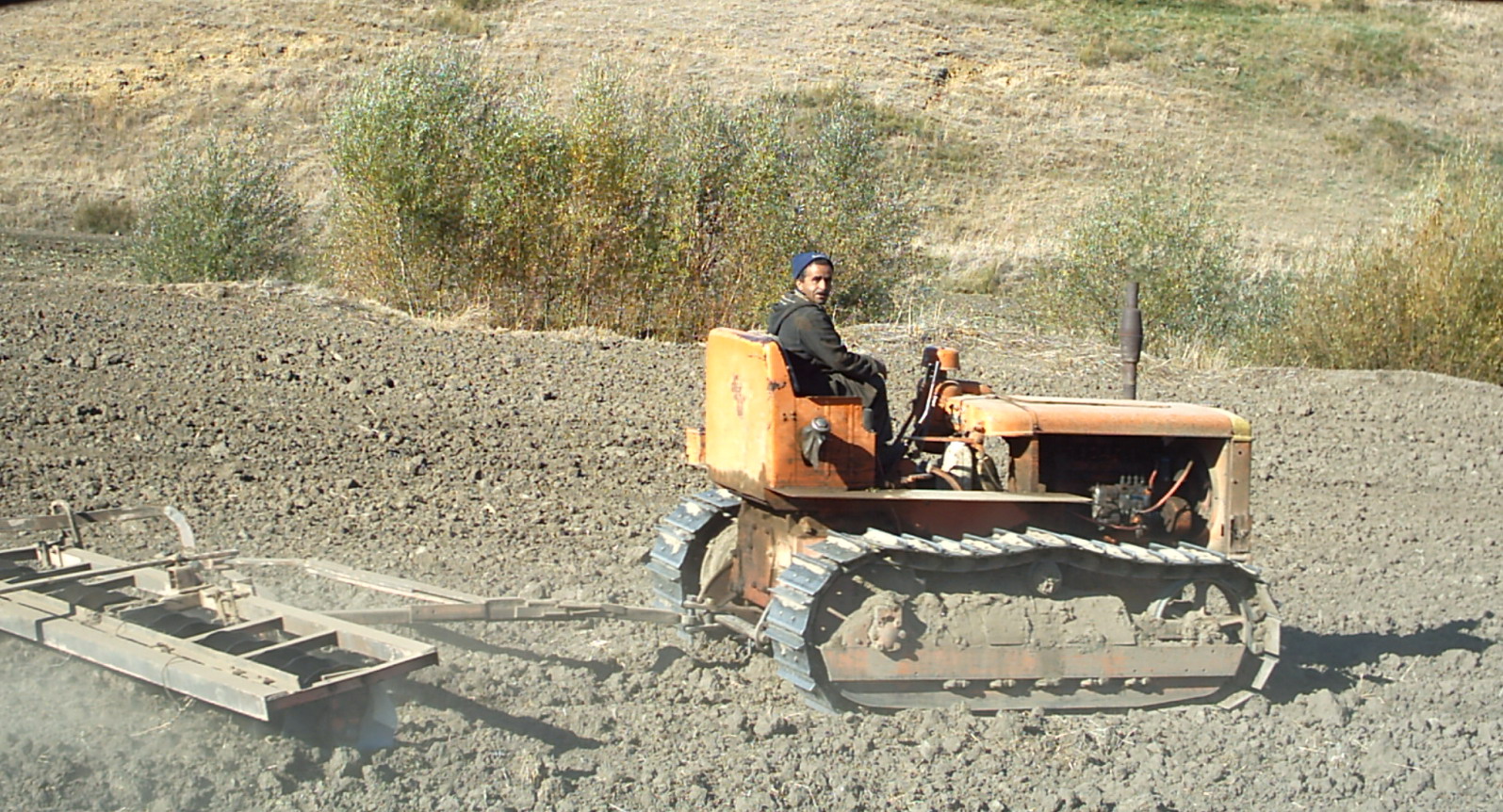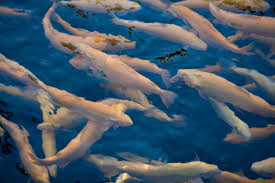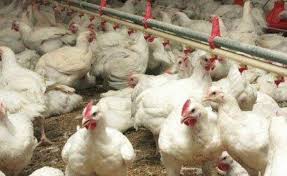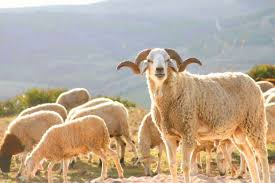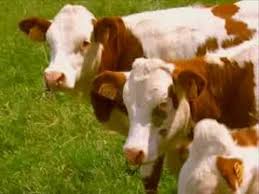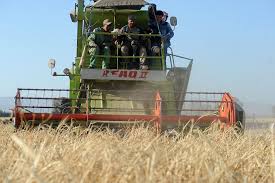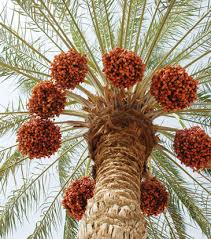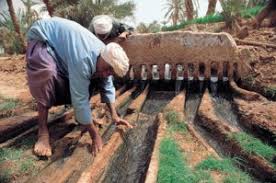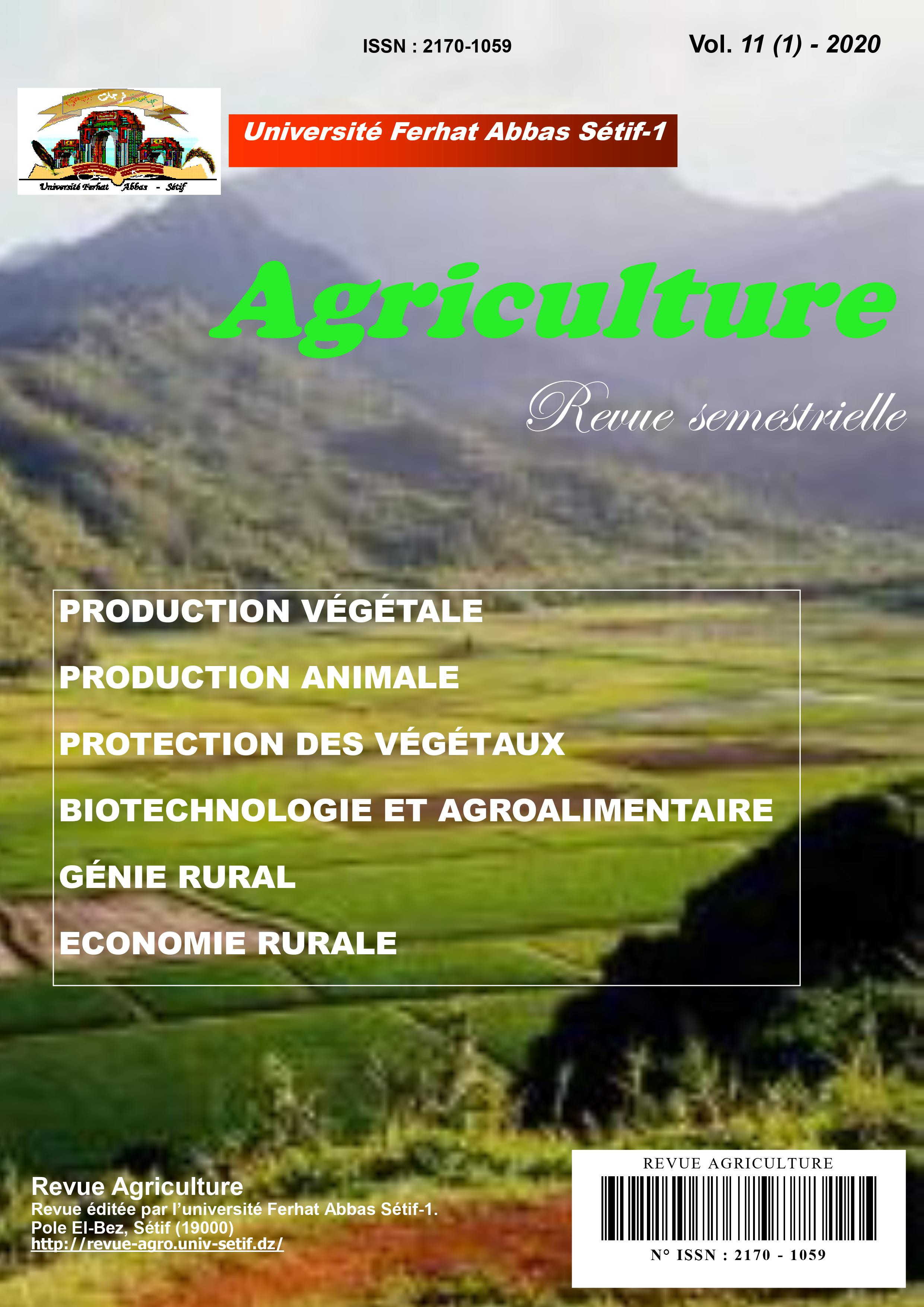Manuscripts submitted to Agriculture journal must not have been published or be under consideration for publication elsewhere, other than as abstract of oral or poster presentation.Manuscripts must be submitted in electronic version only via the submission system through https://www.asjp.cerist.dz/en/submission/53. For all submissions, please provide your complete manuscript in the form of a single document.
The Editorial Board maintains the option of returning, before evaluation, the manuscripts to authors who do not comply with these recommendations. After the article has been accepted for publication, the authors are encouraged to forward the revised version. The text should be written in English, Arabic or French with Microsoft Word format. The responsibility for the experimental data accuracy, the scientific analysis and interpretation as well as for the accuracy of the English, Arabic or French text belongs entirely to the author(s).
Manuscript Length
Brief accounts of particularly interesting results: four printed pages, including figures and tables and having the same structure as original articles.
Brief notes of scientific interest to disseminate information and observation of preliminary nature: two pages. All submissions must include “scientific note” in the title.
Research Articles: The maximum is twenty pages.
Review Articles: The maximum is thirty pages.
Conference Proceedings: The journal will consider for publication the proceedings of relevant conferences in the field.
Preparation of the manuscript
Page setup: A4 (210 x 297), Margins Top 2.54 cm, Bottom 2.54 cm, Right 3.18 cm, Left 3.18 cm, Header and Footer 1.5 cm.
Paper Title: The title should describe a clear, concise and suggestive article’s content. The title must be written in Calibri 14, bold.
Authors: the name of the authors written in full (not abbreviated), edited in Calibri 12 bold, alignment left, one space row down from the paper title. If there are more authors belonging to various institutions, they have to be marked by 1, 2, 3 etc. superscript for identifying the institutions they belong to (if all authors belong to one institution, they will be not marked). Academic title and scientific position are not mentioned. The institutions will be marked by 1, 2, 3 etc. superscript as mentioned for authors. The institution name will be written in small letters, Calibri 12, and one space row down from authors name.
Contact details of the corresponding author (postal address, phone, fax, e-mail address), edited in Calibri 10, small letters, alignment left, one-line space down from institution name.
Abstract: placed one-line space down from the contact details of the corresponding author, edited in Calibri 10, alignment justified. Without indentation (the row starts from the left margin) and it includes maximum 300 words. Abstract should be informative as to why and how the study was conducted (including year and place, as appropriate), and what the results and conclusions were (preferably including some numerical values). In addition to original language of the manuscript, English abstract should be provided.
Keywords: one-line space down from abstract text, a maximum of 6 key words must be given, edited in Calibri 10, italic characters.
The main text:
For Research articles, the preparation of the main text must be structured into separate subchapters as INTRODUCTION, MATERIALS AND METHODS, RESULTS AND DISCUSSIONS, CONCLUSIONS, AKNOWLEDGEMENTS (if any), and REFERENCES, APPENDIX (if any), capitalized in bold font Calibri 12, at one space row down from the text. For Review and Letter articles, the manuscript should be divided into title page, abstract and the main text.
INTRODUCTION: includes the background and significance of the problem by considering the relevant literature, the stage of development. The last paragraph should contain the aim of the research and the questions to be answered. The text will be edited at one-line space down from INTRODUCTION with Calibri 12, first line, alignment justified.
MATERIALS AND METHODS: In this section, the authors will present concise and complete the information about place of studies, materials and procedures used. The text will be edited at one-line space down from MATERIALS AND METHODS with Calibri 12, first line, alignment justified.
RESULTS AND DISCUSSIONS: This section has to be configured in accordance with the aim of research. The authors will present the main results in a logical manner in tables, graphics and figures. The results will be commented and interpreted from scientific point of view, with references to the data presented in specific literature. Data used in the comparative analysis must indicate the source of references. The same data/information presented in a table must not be repeated in figure. The text will be edited at one-line space down from RESULTS AND DISCUSSIONS with Calibri 12, first line, alignment justified.
CONCLUSIONS
In this section the authors will briefly present the main results of the research. Conclusions will be concisely and clearly expressed. Each conclusion will start with a new line, without numbers or bullets. The text will be edited at one-space line down from CONCLUSIONS, with Calibri 12, first line, alignment justified.
ACKNOWLEDGEMENTS: If necessary, a brief Acknowledgements section may be included. It is dedicated to address thanks to authorities, institutions or persons which have supported or provided the literature, data collection, organization of experiments, technical and financial support etc.
The text will be edited at one space row down from ACKNOWLEDGEMENTS, in Calibri 11, no indentation, alignment justified.
REFERENCES: in Calibri 11. The list of references should include all studied bibliography and cited in text, in alphabetical order by authors’ names and surname of authors, year of publication, title of paper or book, name of journal in full, volume, issue, page number, the place of publication and publisher. The journal supports APA style referencing (see tutorial) (PDF 569KB)
Tables and figures
Illustrations, figures, and tables are placed within the text at the appropriate location, rather than at the end. Each table has to have number in bold font and title (i.e. Table 1. Title) edited in sentence case, Calibri 11, placed above the table, alignment centred and one space of 6 pt. after. The text inside of tables will be edited with Calibri 10 font (or a smaller size, so that the figures remain aligned in one row). The table will be automatically Auto Fit to window.
Tables should be numbered in Arabic numerals sequentially in order of their citation in the text.
Figures include graphics, photos, maps etc., and will be included in the text, after their citation and edited as follows:
Each figure has to have number in bold font and title (i.e. Figure 1. Title) placed below the figure, edited in sentence case, Calibri 11, alignment centred and one space of 6 pt before. Figure titles will be written in text, not in the graphics. Figures must have resolution, contrast and sharpness in order to be readable in the printed version. One space line will be left after the figure.
In order to maintain acceptable image quality, it is recommended that JPEG files are saved at High or Maximum quality.
Abbreviations:
Use standard abbreviations (h, min, g, mg, ml etc.) instead of writing complete words.
Avoid numerals at the beginning of a sentence; spell out or change word order if necessary.
For international units, use SI units where possible. Use 'litres' in full after numbers where confusion could arise with the numeral l; e.g. use 5 litres/day but 5 ml/l. Rates should be expressed by a solidus, e.g. kg/ha, 6 kg N/ha, 3 plants/m² (not 3 plants m-²), 7 kg/ha per year. Do not repeat units in lists, e.g. 3, 10, 17 and 300C; 20 or 30% more.
Scientific names for all species should be edited in italic font, except for the abbreviations “var.”, “ssp.”, “f.”, which indicate taxonomic rank (e.g. Veronica spicata, ssp. Incana).
Citations in text should be in brackets, use the following format:
Tables and figures are referred to in text as following: (Table 1), (Figure 1);
The citations in text contain only the author's last name and the year, as for example (Jarvis, 1994; Edmondson, 1998).
In the case of two authors, please use both author's last name and the year, as for example (Jalali and Chand, 1992).
Where there are more than two authors, the last name of first author followed by “et al.” should be used, as for example (Ekundayo et al., 2011).
When the name of author is used in the text, the year is put in brackets, as for example
Rouag (1997) or Rouag et al. (2008).


